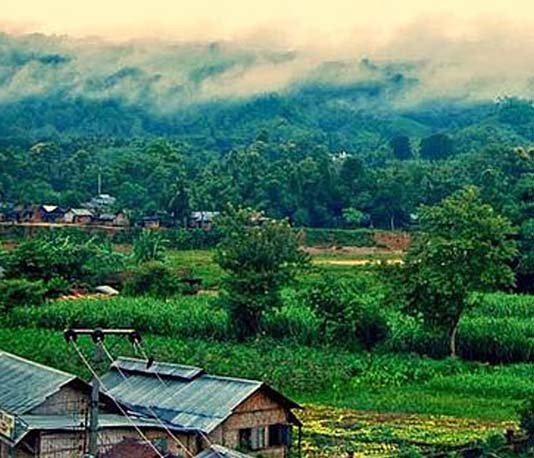DHAKA, April 24, 2019 (BSS) – The prevalence of malaria in the Chittagong Hill Tracts (CHT) areas has marked a decline due to preventive measures undertaken by the government.
In the CHT especially in Rangamati the prevalence of malaria has reduced drastically…But indigenous people are getting affected more by malaria compared to Bangalees.
According to The National Malaria Control Programme, no death has been recorded over the last three years in Rangamati while 143 people died in 2002, one in 2012, two in 2013 and one in 2016.
Between 2017 and 2019 (till March) malaria caused no death in Rangamati.
Malaria was a major health burden in the southeastern part of Bangladesh, especially in the Chittagong Hill Tracts (CHT). To control malaria in hilly areas was a big challenge.
“Earlier we worked to reduce malaria in the area and now we are working to eliminate it,” Acting Civil Surgeon Dr Nihar Rangan Nandi told BSS.
The number of malaria cases has also declined in the neighboring districts of Bandarbans and Khargachari as the government has taken initiatives to curb the menace in the hill districts, he added.
It is challenging to eliminate malaria as Myanmar and India are our neighboring countries where the situations are comparatively complex, he added.
“Four upazilas are more vulnerable out of ten in Rangamati. These are -Bilaichhari, Baghaichhari, Jurachhari and Barkal,” senior officer of Rangamati Malaria Elimination Programme Dr Andrew Biswas told BSS.
He said, 3,155 people were affected by Malaria in Bilaichhari in 2017 and 926 in 2018 followed by 686 in 2017 and 824 in 2018 in Baghaichhari, 873 in 2017 and 514 in 2018 in Jurachhari and 475 in 2017 and 278 in 2018 in Barkal.
Bangladesh has set a goal to make the country malaria-free by 2030. The three most malaria-vulnerable districts of the country are Khagrachhari, Rangamati and Bandarbans.
Malaria is a disease caused by the parasite Plasmodium, which spreads primarily through the Anopheles species of mosquito. Of 400 species of Anopheles across the world, 30-32 exist in Bangladesh.
According to the World Health Organization (WHO), South-East Asia is the second most vulnerable region of the world to deaths by malaria. Of the total 400,000 people who died from malaria in 2017, 19,700 were in South-East Asia while 400,000 (90%) were in Africa.



